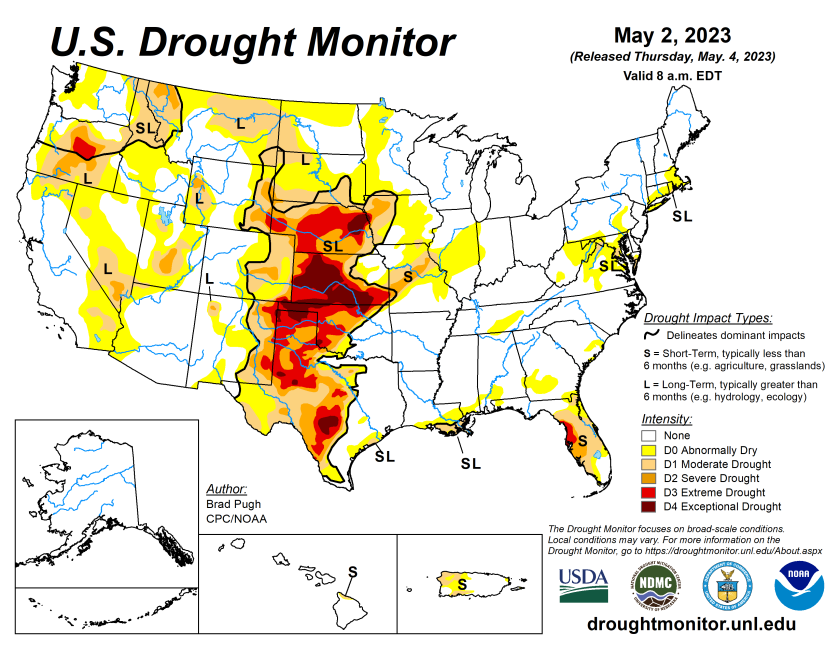[ad_1]
Weather, war and barbecue season continue to be hot topics as was the case in the conversation between Red River Farm Network’s Randy Koenen and Randy Martinson of Martinson Ag Risk Management on Friday, May 5, during the Agweek Market Wrap.
Koenen pointed out that activity is starting with
planters hitting the fields
in and around the Red River Valley. That and an improved market was reason for optimism.
Koenen pointed out significant risk-on activity. Martinson agreed and said the wheat market led the charge and corn and soybeans picked up the pace to end the week.
War and weather premiums seem to be hitting the markets, Koenen noted.
“It really does look like it’s (the
Black Sea Grain Initiative
) not going to take place, that it’s not going to get extended,” Martinson said.
That likely added some strength to markets as Martinson said a fist fight enveloped in negotiations.
Koenen noted that Ukraine has had some time to improve other route options with European Union nations.
“If the Black Sea did close they do have alternative routes, now not as much grain would be able to be moved but they could still export some of their product,” Martinson said.
Koenen questioned what happens to the market if that initiative goes away.
“We will need to start to see a little bit more of a push in the wheat market for exports to be able to hold these premiums,” Martinson said.
Of late, weather forecasts have been having significant impacts on the markets.
The southern Plains are hurting with a lack of rain. Harvested acres are expected to be the lowest in 40 years in some parts of the south due to ongoing drought. Koenen added that there’s a lot of abandonment.

Contributed by U.S. Drought Monitor
Further north, Nebraska has their corn in the ground, but they desperately need rain. Illinois also has great progress, but dry weather is also hitting their fields.
“They say droughts move from the west to the east, and that’s so far what we’ve been seeing with this drought situation,” Martinson said.
As parts of the northern Plains start to get seeds in the ground, weather reports show on and off again rain over the next 10 days.
“We’re building up to have it be another interesting spring,” Martinson said.
Feeder cattle appear to be under pressure as corn prices are higher. The economy also brings some concern as another few banks are on the chopping block.
Demand will be the key for the meat prices, Martinson said. The low prices of pork and the higher priced beef will be hitting the grocery stores around the first part of June.
“It’ll be interesting to see which one wins the vote from the consumer,” Martinson said.
Martison added that pork supplies are not built up, but demand remains low for the product, suppressing those prices.
Looking ahead, Martinson said the USDA’s May Crop Production report will be released next Friday, May 12. It will be the first look at the 2023 numbers.
(The Agweek Market Wrap is sponsored by Gateway Building Systems.)
Michael Johnson is the news editor for Agweek. He lives in rural Deer Creek, Minn., where he is starting to homestead with his two children and wife.
You can reach Michael at mjohnson@agweek.com or 218-640-2312.
[ad_2]
Source link

